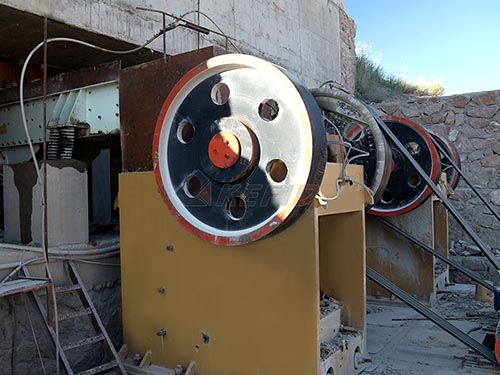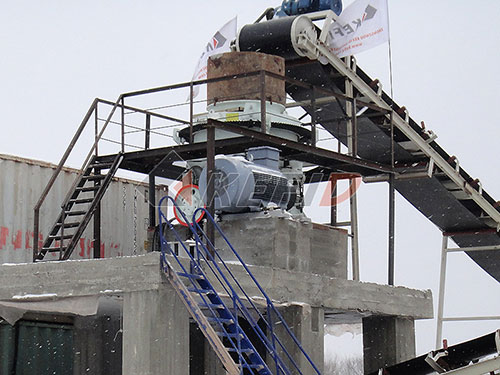The Rotary Breaker Crusher: A Robust Solution for Selective Crushing and Sizing

In the demanding world of mineral processing, coal preparation, and aggregate handling, achieving efficient size reduction while simultaneously removing waste material is often paramount. Enter the Rotary Breaker Crusher (also known as a Bradford Breaker), a unique and robust machine that combines crushing action with screening capabilities in a single unit. This workhorse offers distinct advantages in specific applications where selective fragmentation and refuse removal are critical.
Core Principle: Tumbling Action Meets Screening
Unlike conventional jaw or cone crushers that rely on compressive forces between fixed and moving surfaces, the Rotary Breaker operates on a fundamentally different principle:
1. Cylindrical Drum: The heart of the machine is a large, slightly inclined cylindrical drum lined internally with perforated plates or breaker bars/lifters.
2. Rotation: The drum rotates slowly (typically 10-20 RPM) around its longitudinal axis.
3. Feed Introduction: Raw feed material (e.g., run-of-mine coal, shale, limestone) enters at one end of the drum.
4. Tumbling & Cascading: As the drum rotates, lifters pick up the material and lift it before allowing it to tumble back down onto itself within the drum.
5. Selective Crushing: The primary crushing action occurs through this repeated cascading impact – softer materials break upon hitting harder pieces or the drum lining itself.
6. Simultaneous Screening: Crucially, the perforated plates or gaps between breaker bars act as sizing screens.
Material smaller than the aperture size passes through immediately upon impact or during tumbling.
Oversized material (hard rock, refuse like shale bands in coal) remains inside.
7. Refuse Discharge: The oversized refuse travels along the length of the rotating drum due to its slight inclination and gravity until it discharges out the opposite end from the feed.

Design Features & Advantages:
Dual Functionality: Combines crushing and screening/sizing in one machine, simplifying plant layout and reducing capital costs compared to separate units.
Selective Fragmentation: Excels at breaking softer materials (like coal) while leaving harder refuse relatively intact for easy removal (“rock rejection”). This minimizes degradation of valuable product into fines.
Low Fines Generation: The tumbling impact action is inherently less severe than high-compression crushing methods like rolls or cones,

Leave a Reply